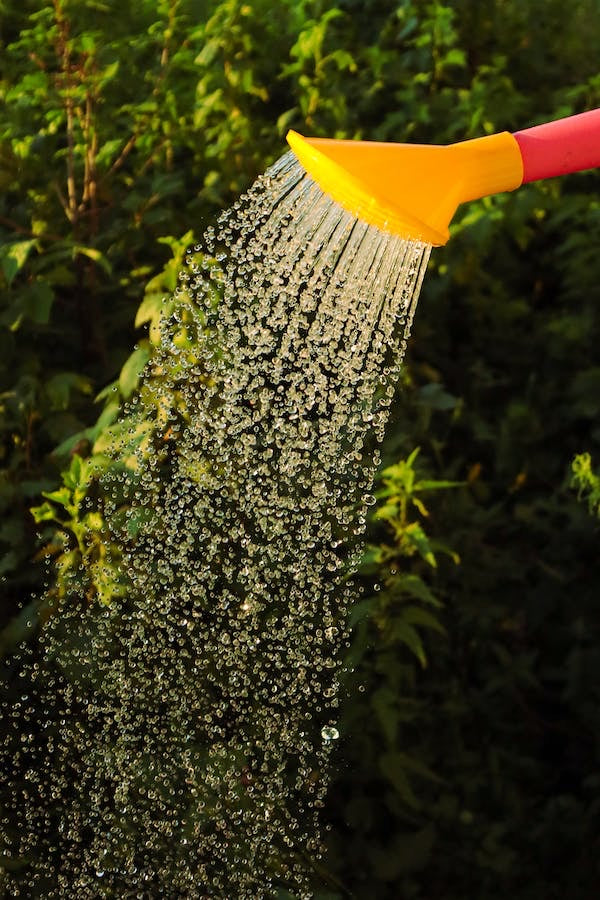
How much should I water my garden ?
Water is a vital element for the growth and development of any garden, especially a vegetable garden. Providing the right amount of water is crucial to ensure healthy plants and a bountiful harvest. However, determining the correct watering needs can be challenging, as various factors influence the water requirements of a vegetable garden. In this blog, we will explore the key considerations to help you understand how much water your vegetable garden needs.
Factors Affecting Water Needs:
1. Plant Type: Different vegetables have varying water requirements. Leafy greens, such as lettuce and spinach, generally need more water compared to root crops like carrots and radishes. Understanding the specific needs of each plant type is essential.
2. Stage of Growth: Water requirements change as plants progress through different growth stages. Seedlings and newly transplanted vegetables typically need frequent watering to establish their root systems. Once established, mature plants may require less frequent watering but deeper soaking to encourage deep root growth.
3. Soil Type and Quality: Soil composition plays a crucial role in determining water needs. Sandy soils drain quickly and may require more frequent watering, while clay soils retain water for longer periods. Improving soil quality through organic matter amendments can enhance water retention and drainage.
4. Climate and Weather Conditions: Local climatic conditions significantly impact watering needs. Hot and dry climates demand more frequent watering, while cooler and humid environments may require less watering. Additionally, factors like rainfall, wind, and temperature fluctuations affect how much water your garden needs.
5. Mulching: Applying a layer of organic mulch around your vegetable plants helps retain soil moisture by reducing evaporation. Mulching also helps regulate soil temperature and suppresses weed growth. By using mulch, you can reduce water loss and maintain more constant soil moisture levels.
Watering Best Practices:
1. Deep Watering: It is generally better to water deeply and infrequently rather than applying small amounts frequently. Deep watering encourages plants to develop deep root systems, making them more resilient to drought conditions.
2. Watering Time: Watering in the early morning is ideal, as it allows plants to absorb moisture before the heat of the day causes evaporation. Avoid watering in the evening, as wet foliage during cooler nights can promote disease.
3. Watering Techniques: Aim to water the soil at the base of the plants rather than wetting the leaves. Using a soaker hose, drip irrigation system, or watering can with a narrow spout can help deliver water directly to the roots, reducing water waste and minimizing the risk of fungal diseases.
4. Monitor Soil Moisture: Regularly check the soil moisture level to avoid overwatering or underwatering. Stick your finger into the soil to a depth of a few inches. If it feels dry at that depth, it's time to water. Consider using a moisture meter for a more accurate assessment.
Understanding the watering needs of your vegetable garden is crucial for maintaining healthy plants and maximizing your harvest. By considering factors such as plant type, growth stage, soil type, climate, and weather conditions, you can provide the appropriate amount of water. Remember to practice deep watering, water at the right time, and monitor soil moisture regularly. With proper watering techniques, you can create an environment where your vegetable garden thrives and yields a bountiful harvest. Happy gardening!
